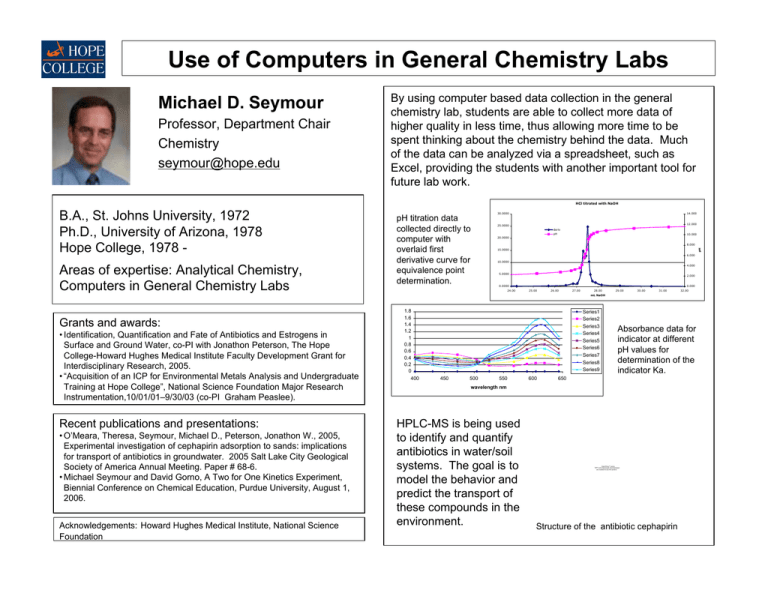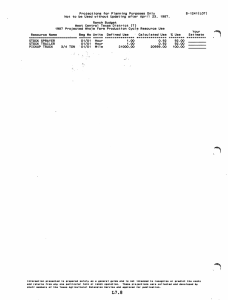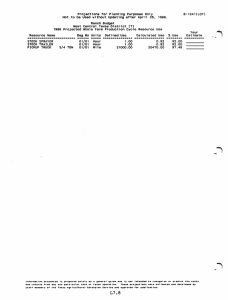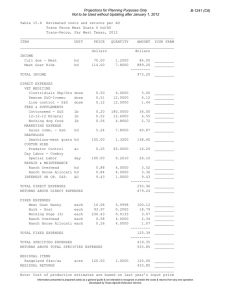Use of Computers in General Chemistry Labs Michael D. Seymour
advertisement

Use of Computers in General Chemistry Labs Photograph Michael D. Seymour Professor, Department Chair Chemistry seymour@hope.edu By using computer based data collection in the general chemistry lab, students are able to collect more data of higher quality in less time, thus allowing more time to be spent thinking about the chemistry behind the data. Much of the data can be analyzed via a spreadsheet, such as Excel, providing the students with another important tool for future lab work. HCl titrated with NaOH Areas of expertise: Analytical Chemistry, Computers in General Chemistry Labs pH titration data collected directly to computer with overlaid first derivative curve for equivalence point determination. 14.000 12.000 25.0000 deriv pH 10.000 20.0000 8.000 pH B.A., St. Johns University, 1972 Ph.D., University of Arizona, 1978 Hope College, 1978 - 30.0000 15.0000 6.000 10.0000 4.000 5.0000 2.000 0.0000 24.00 0.000 25.00 26.00 27.00 28.00 29.00 30.00 31.00 32.00 mL NaOH Grants and awards: • Identification, Quantification and Fate of Antibiotics and Estrogens in Surface and Ground Water, co-PI with Jonathon Peterson, The Hope College-Howard Hughes Medical Institute Faculty Development Grant for Interdisciplinary Research, 2005. • “Acquisition of an ICP for Environmental Metals Analysis and Undergraduate Training at Hope College”, National Science Foundation Major Research Instrumentation,10/01/01–9/30/03 (co-PI Graham Peaslee). Recent publications and presentations: • O’Meara, Theresa, Seymour, Michael D., Peterson, Jonathon W., 2005, Experimental investigation of cephapirin adsorption to sands: implications for transport of antibiotics in groundwater. 2005 Salt Lake City Geological Society of America Annual Meeting. Paper # 68-6. • Michael Seymour and David Gorno, A Two for One Kinetics Experiment, Biennial Conference on Chemical Education, Purdue University, August 1, 2006. Acknowledgements: Howard Hughes Medical Institute, National Science Foundation 1.8 1.6 1.4 1.2 1 0.8 0.6 0.4 0.2 0 400 Series1 Series2 Series3 Series4 Series5 Series6 Series7 Series8 Series9 450 500 550 600 Absorbance data for indicator at different pH values for determination of the indicator Ka. 650 wavelength nm HPLC-MS is being used to identify and quantify antibiotics in water/soil systems. The goal is to model the behavior and predict the transport of these compounds in the environment. QuickTime™ and a TIFF (Uncompressed) decompressor are needed to see this picture. Structure of the antibiotic cephapirin











